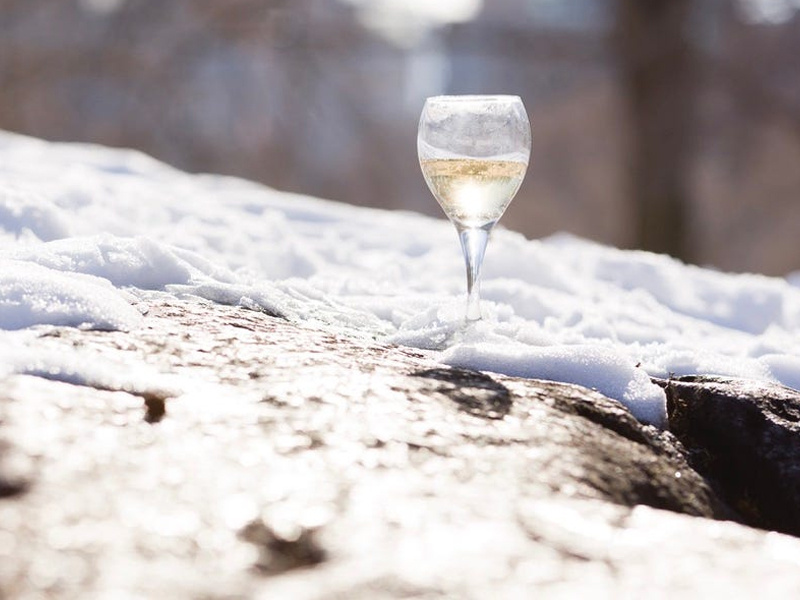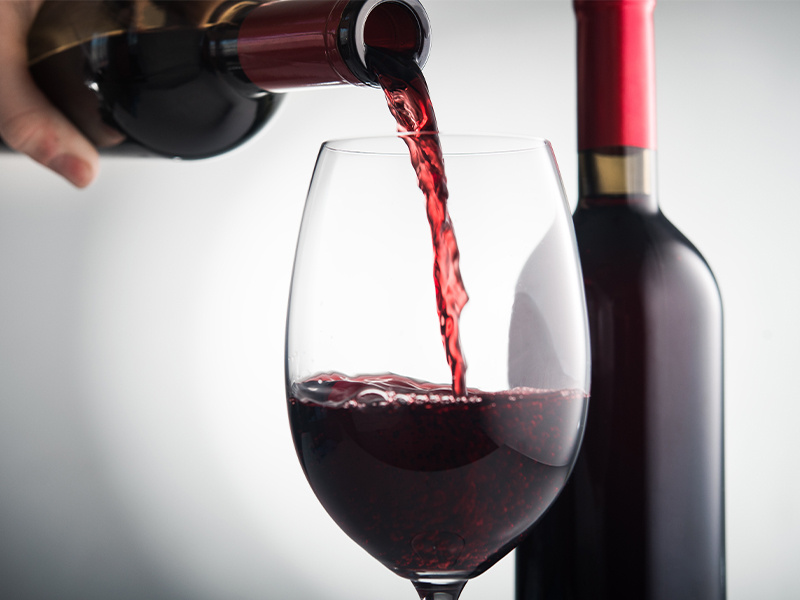As you become more familiar with wines from around the world, certain regions evoke specific adjectives that describe their wines. Would it turn your world upside down to encounter a white wine from Bordeaux, or a red wine from the Loire Valley? Perhaps. Perhaps not. These are not the grand, well-known productions their opposites might be, but they certainly have the potential to surprise and delight.
The Wild White, better known as Sauvignon Blanc, is one of the most widely planted grapes around the globe, having acreage in almost every wine region in the world because of its wide range of flavors, depending on the terroir. The grape is related to Traminer, and originates in the south of France. Depending on the environment in which the grapes are grown, and on how ripe the grapes are at harvest, the flavor profile can range from fruits of lime, green apple, and passion fruit, to white peach. What makes Sauvignon Blanc unique from other white wines are the complimentary herbaceous flavors like bell pepper, jalapeño, gooseberry, and grass. These characteristics come from aromatic compounds called pyrazines, and the secret to its signature style.
The roots of the Fair Trade movement delve into the 1940s and 1950s, where the impetus came from religious groups and politically oriented NGOs. A pivotal moment arose with the establishment of Ten Thousand Villages, originally known as Self-Help Crafts, offering handmade goods from marginalized communities. By 1946 and 1949, the Mennonite Central Committee (MCC) and SERRV International pioneered fair trade supply chains, primarily centered on handicrafts.
It is pretty typical to say that what grows together tends to be together. The phrase seems not to be confined to just food, but it also seems to extend to food-and-wine pairings. One step further, in the world of making wine, what grows together tends to get blended together. Old World traditions have been formulated to produce the same style of wine with very little interpretation year-to-year, other than how the microclimate had differed.
When selecting a wine to bring to a social event, a red blend often stands out as an excellent choice. Its versatility, crowd-pleasing qualities, and adaptability to various culinary pairings make it a smart option for gatherings with diverse tastes. Red blends not only provide a reliable and consistent flavor profile, but also serve as a great conversation starter, thanks to their complex nature and the intriguing blend of different grape varieties. Plus, their accessibility ensures that you can bring a quality bottle without breaking the bank, making them the perfect companion for a memorable social occasion.





